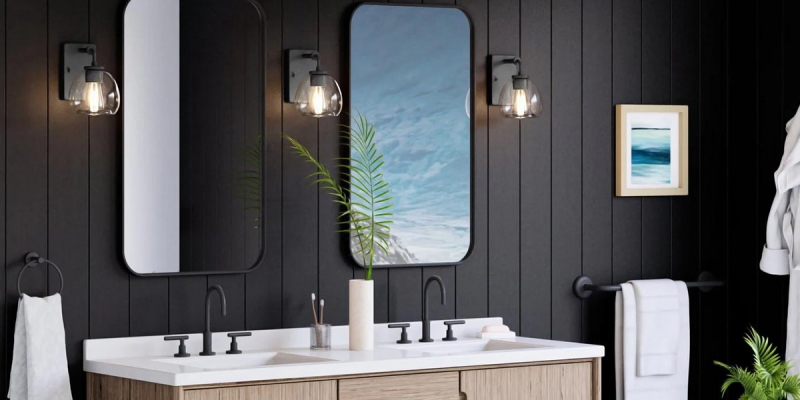Sure, there are table lamps and floor lamps, pendant lamps and chandeliers. But there is also the unsung hero, the oft-forgotten
cousin of freestanding and hanging lamps: the wall light. Casting pools of light upwards or down, wall lights (or “sconces”, which
can be said interchangeably) are lamps that help shine a soft spotlight in a room and add to a general lighting scheme or ambiance.
Wall lights are functional staples to any room's decoration: think mounted reading lamps in a bedroom or the less harsh lights that
surround a mirror in a bathroom. Most often employed in bedrooms as bedside reading lamps, and for a gentler light in bathrooms
(just make sure you buy an IP44-rated light if it's going to be near a water source), wall lights also work beautifully around the sofa or
fireplace in a living room, and even over the kitchen worktop or sink. Whatever brightness you need, wall lights are usually prepared
to provide.
However, of course, "wall light selection can feel like a daunting prospect at the beginning of a project,” shares designer Rita Konig.
After all, they can be tricky to integrate into any design project, especially because they usually must be wired in, so they usually only
get installed when a room or house is being refurbished. However, fear not: there are also plenty of plug-in wall lights out there that
create the same look without needing to carve up your walls.
We've created a comprehensive guide to help you navigate wall lights so you can let in the light (at least on your walls).
How do I choose wall lights?
Generally speaking, wall lights look their best at around five feet from the ground, but do take into account the height of your ceilings
as you may need to adjust accordingly. Also, consider your choice of wall light depending on what angle you will see it at most often.
Bearing in mind the use for wall lights varies from room to room, here are the best ways to integrate them into any design:



 Send Email
Send Email (+86)18069812131
(+86)18069812131